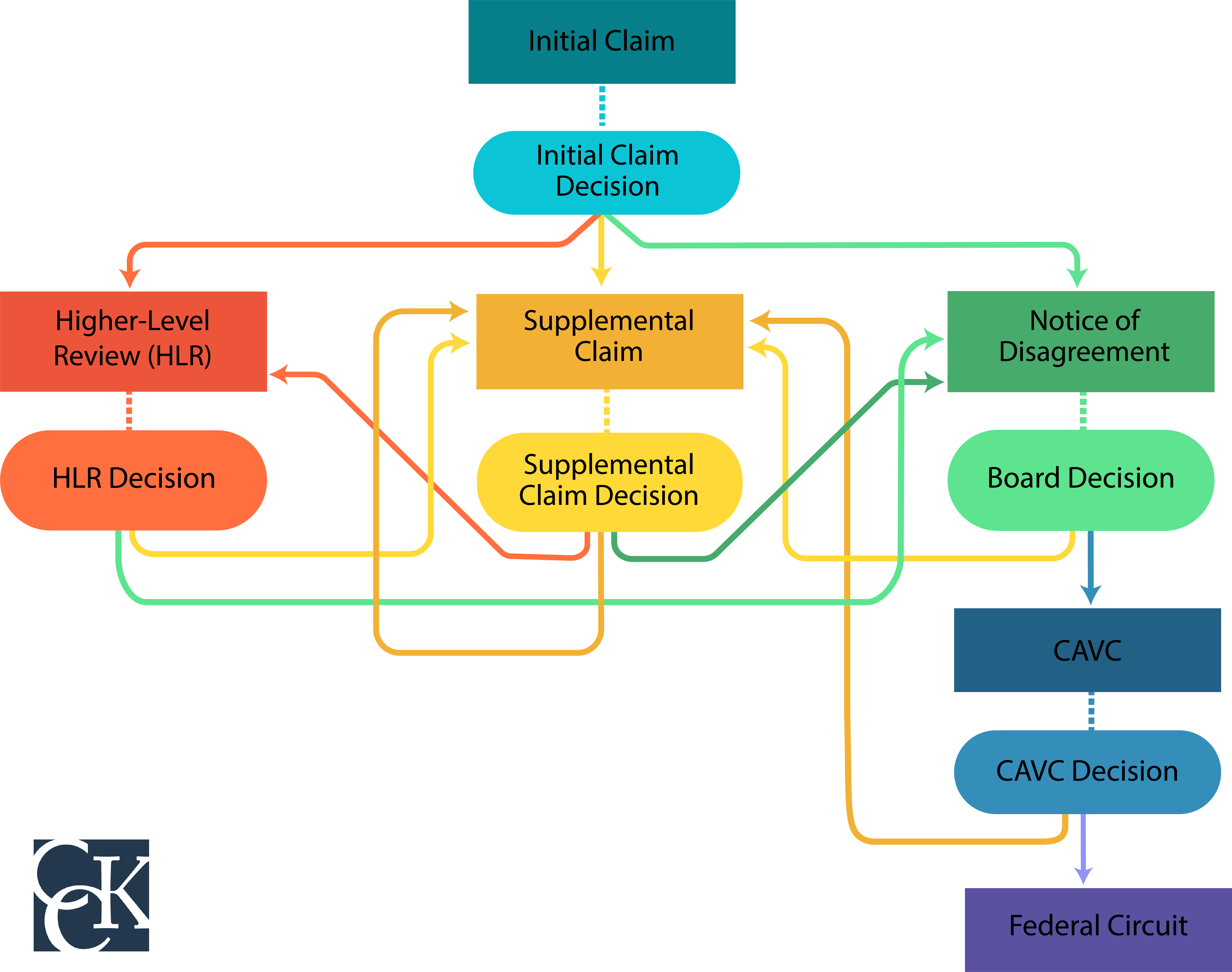VA Disability Ratings for Lupus

What is Lupus?
Lupus is an autoimmune disease which can cause inflammation and pain in any part of the body. The disease is chronic and often lasts long-term. With Lupus, the body’s immune system can attack healthy tissue instead of infections. Many veterans who suffer from lupus seek VA disability benefits for their condition.
Typically, Lupus affects the skin, joints, and internal organs such as the kidneys and heart. Lupus may cause a variety of symptoms, such as swelling and pain.
Symptoms of Lupus
- Pain or swelling
- Fatigue
- Headaches
- Fevers
- Sensitivity to light, UV, or sunlight
- Chest pain
- Rashes
- Hair Loss
- Sores
- Feelings of numbness, or discoloration, in extremities
Different Types of Lupus
Systemic Lupus Erythematosus (SLE) — This is the most common form of lupus, with roughly 70 percent of people with lupus suffering from SLE. SLE causes inflammation in the organs or organ systems of the body. This inflammation may occur acutely or chronically.
Cutaneous Lupus — Two-thirds of people who have lupus will develop this skin disease. Symptoms can include rashes, sores, or lesions, which can affect the face, ears, neck, arms, and legs. Skin disease with lupus can worsen with exposure to ultraviolet (UV) light, or sunlight. There are generally three forms of lupus skin disease: chronic cutaneous lupus, subacute cutaneous lupus, and acute cutaneous lupus.
Drug-Induced Lupus — Drug-induced lupus is caused by specific prescription drugs. These drugs include hydralazine, procainamide, and isoniazid. Hydralazine is used to treat high blood pressure, or hypertension. Procainamide is used to treat irregular heart rhythms. Isoniazid is used to treat tuberculosis. This form of lupus is most common in men because these drugs are more commonly prescribed to men. Importantly, not everyone who uses these prescriptions will develop drug-induced lupus.
Neonatal Lupus — Neonatal lupus is not true lupus. It is a condition where a mother’s antibodies affect her fetus. Once the baby is born, they may have a skin rash, liver problems, or low blood cell counts. Typically, symptoms disappear after six months. The most serious symptom of neonatal lupus is congenital heart block. This can usually be detected between 18 and 24 weeks old. Sometimes, infants will need a pacemaker as a result. Though most newborns of mothers with lupus are healthy, they may be at a higher risk for developing life-threatening complications. Testing can be done to identify those at risk.
Risk Factors and Causes of Lupus
Anyone may develop lupus, but certain characteristics can make a person more at risk for developing the disease. Women are more likely than men to develop lupus, specifically those between the ages of 15 and 44. In fact, 9 out of 10 people with lupus are women.
Some racial or ethnic groups, such as African Americans, Asian Americans, Hispanic or Latino, Native Americans, or Pacific Islanders, may be at a higher risk for developing lupus. Additionally, people who have one or more family members with lupus or another autoimmune disease are more likely to develop the disease.
There is no known specific cause of lupus, however autoimmune diseases such as lupus can be genetic and do tend to run in families. Certain hormones or environmental triggers may also cause a person to develop lupus. Lupus is not contagious.
Treatment for Lupus
There is currently no cure for lupus, but treatment can help ease the symptoms. Medication is one form of treatment that may be used to treat lupus. Some medications include:
- Anticoagulants
- Anti-inflammatories
- Biologics
- Immunosuppressives
- Steroids
To learn more about treatment for lupus, a doctor may be able to provide more information about treatment options.
Service Connection for Lupus
In order to be awarded service connection, the veteran will first need a current diagnosis of lupus. The veteran’s lupus must then have a connection to service. Generally, there are three pathways a veteran could take to connect their service to their lupus:
- Chronic Illness Presumption—Under 38 CFR §3.307, VA will assume a chronic illness was connected to military service if it began within one year of discharge. Lupus is one of the autoimmune disorders covered under this presumption. Importantly, the veteran does not necessarily need to have a diagnosis within one year of discharge but will need to provide medical evidence that the illness manifested within one year. A VA lawyer or representative may be able to help in cases where it has been longer than one year after discharge.
- In-Service Illness—If the veteran’s lupus was diagnosed while the veteran was serving, then it can also be connected to service. Sometimes it can be hard to connect lupus to service if the veteran did not receive a diagnosis during service. A veteran may have been seen for symptoms of lupus, such as fatigue or frequent headaches, but never formally diagnosed. In these instances, a VA-accredited representative may be able to form an argument for the veteran’s claim.
- Illness was Aggravated by Service—For veterans whose lupus developed before their military service, and was worsened by the service, their lupus can become service connected. Additionally, if a veteran’s lupus caused them to develop another condition as a result of their service, such as a kidney condition, then they may be eligible for secondary service-connection. This means that the veteran may be able to receive an additional VA disability rating for their kidney condition, if VA recognizes that the lupus caused the kidney condition.
VA Ratings for Lupus
If a veteran is awarded service connection for lupus, VA will assign a percentage rating which dictates their monthly compensation rate. The percentage rating can vary based on the severity, frequency, and number of symptoms. Below are the criteria for each rating:
- 10% VA Disability Rating—Exacerbations once or twice a year or symptomatic during the past 2 years.
- 60% VA Disability Rating—Exacerbations lasting a week or more, 2 or 3 times per year.
- 100% VA Disability Rating—Acute, with frequent exacerbations, producing severe impairment of health.
If veterans were assigned a VA disability rating for lupus, and their symptoms have increased or they believe they deserve a higher rating, the veteran may file for an increased rating.

Getting Help with a VA Claim for Lupus
If you need help with your appeal for a higher VA disability rating for lupus, you may want to seek assistance from an accredited representative. Accredited agents or attorneys are recognized by VA as being qualified to argue cases before VA.
The Veterans’ Law team at Chisholm Chisholm & Kilpatrick has years of experience fighting for veteran’s benefits and may be able to help you. Call our office to receive a free case evaluation.
About the Author
Share this Post

